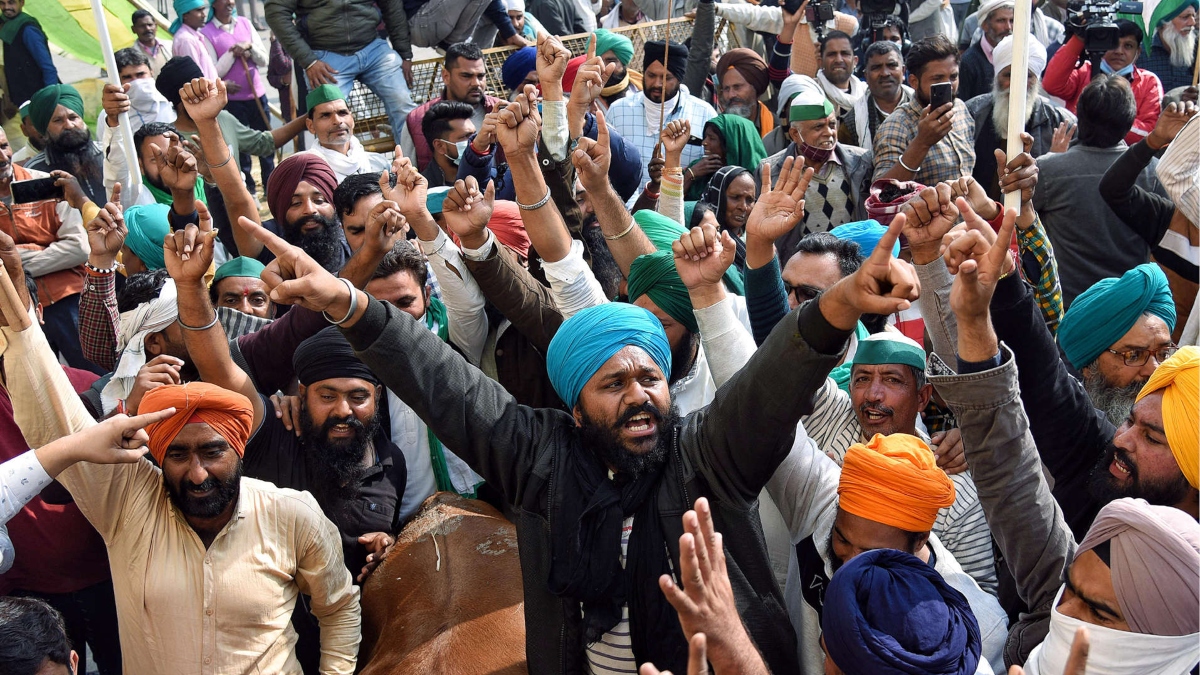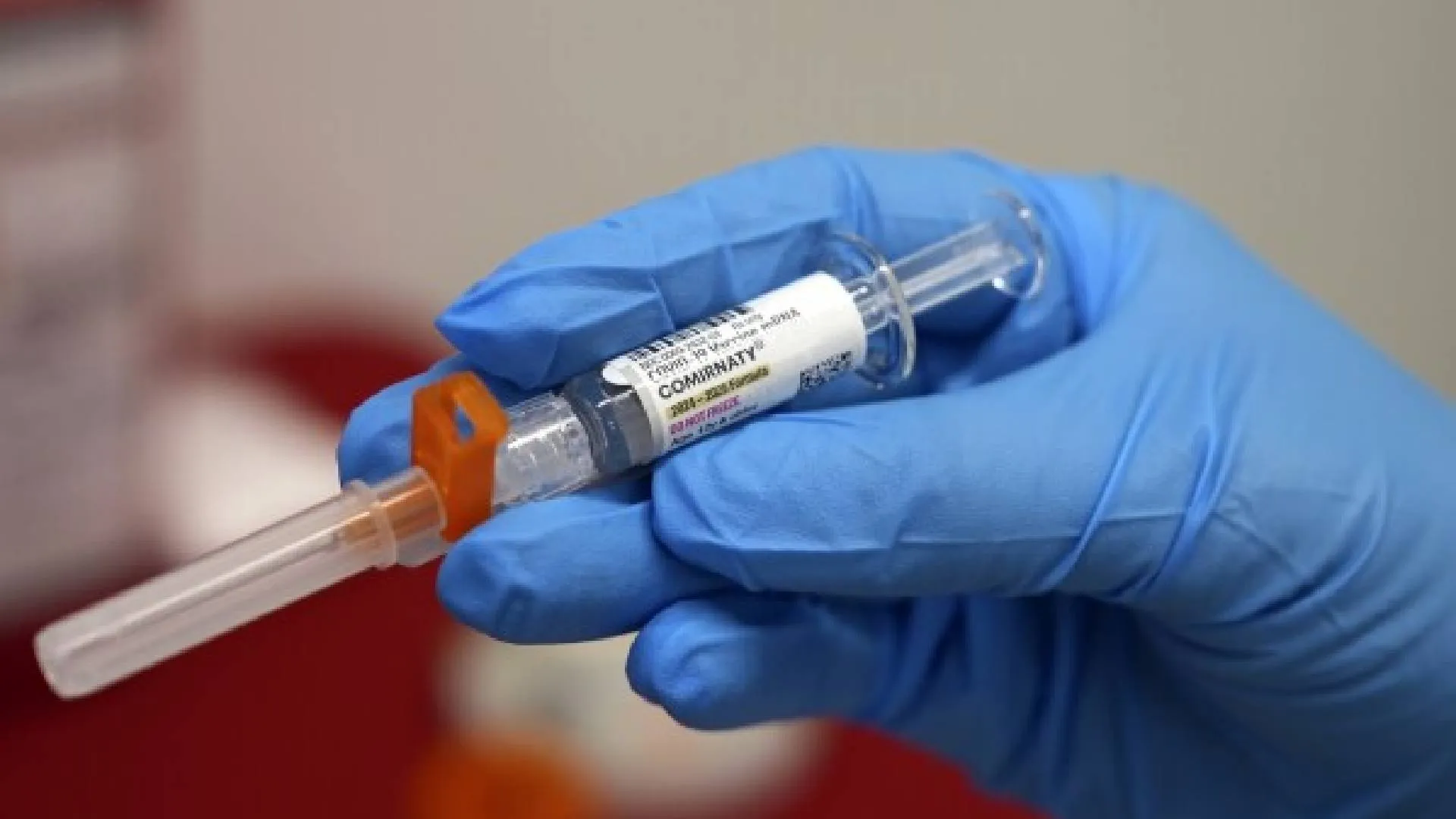New York: Since the last few days, thousands of farmers, mostly from Punjab and Haryana, have gathered on the Delhi borders with varying demands. Though the government tried to give them a ground in Burari in north-east Delhi to conduct their protests, they opted to gherao the city by choking the five prime entry points to Delhi.
The backdrop of these protests lies in the process of farm reforms initiated by the Modi government. The three farm bills were passed by Parliament and signed by the President back in September to form the Farmers’ Produce Trade and Commerce (Promotion and Facilitation) Act, the Farmers (Empowerment and Protection) Agreement on Price Assurance and Farm Services Act, and the Essential Commodities (Amendment) Act. These acts, inter alia, give a plethora of alternatives to Indian farmers for selling their produce outside the state government-controlled marketing yards or mandis. They allow them to do contract farming, bolstered by a legal agreement and dispute redressal mechanism. The MSP, which is an administrative promise, is not being affected by these newly passed Acts and the government has assured the farmers of this repeatedly, even in PM Narendra Modi’s recent address during his Varanasi visit.
The chakka jaam model of these protests can be compared closely to the infamous Shaheen Bagh protests, which happened in December last year, and draw certain similarities between the two. First, Surjeet Phul, the president of BKU Krantikari, has declined to move to the designated place for the protests and threatened to ‘gherao Delhi by blocking the five main entry points’ as they ‘have four months’ ration’. This statement about creating a blockade is similar to Sharjeel Imam’s Facebook post about creating the chakka jaam model in Shaheen Bagh. This type of right to dissent crosses others’ right to free movement in a sovereign country and also leads to economic losses.
Second, the protestors in both instances have shown unrealistic demands and a certain ambivalence regarding talks, which is likely to not lead to any results. The organisation carrying the mantle of the ongoing agitation, the Bhartiya Kisan Union (BKU), had sought the very things that the newly passed farm laws provide, in 2019. The then Union Minister for Consumer Affairs, Food and Public Distribution, the late Ram Vilas Paswan, had demanded that Punjab CM Captain Amrinder Singh ‘do away with arhtiya’ and ensure direct benefit transfer to farmers, which the BKU had openly endorsed and which is still seen on their official handle. Their own manifesto, inter alia, had sought the abolition of APMCs and the Essential Commodities Act. Further back, in 2008, the same group had made the national headlines for their demand to ‘allow corporates to procure wheat’.
Third, the presence of children and old people seen at both the protests are a cause for concern. On 29 January this year, a four-month-old infant had died due to the Shaheen Bagh protests. The infant’s parents had been participating in the protests where he had caught a severe cold. The head of the National Commission for Protection of Child Rights had taken cognisance of this event and called it ‘extremely worrying’. It had also been the initial days of Covid-19 in India, and protestors had refused to leave, which had led to the police finally dispersing them by force.
Something similar is going on in the ongoing protests too, with many protesting farmers not using masks or following social distancing norms. Some photographs showing infants being brought to the protests have also been circulated on various social media platforms to garner sympathy.
The fourth similarity is the appearance of ‘professional’ protestors and phony activists who have been rather politically irrelevant lately and don’t have any clear ideologies or extraordinary influence on the masses. Medha Patkar, Yogendra Yadav, Chandrashekhar ‘Ravan’ and Bilkis Bano are some of these usual suspects who have shown up at both the protests, besides others.
Ironically, the Congress, which backs the protests, in its manifesto for the 2019 elections, had promised to ‘repeal’ the APMC Act and make agri-products ‘free from all restrictions’. “The agitation is purely an attempt to corner the Modi government,” writes Sunil Jain, Managing Editor of The Financial Express, “to boost the sagging fortunes of the Congress by deliberately misleading farmers.” Jain has also analysed how Punjab’s farmers are enjoying more subsidies, more irrigation facilities and wider options for selling as compared to the rest of India.
The intensity of the protests and the methodology of their organising thus force us to mull upon some questions. Which rights are they being deprived of? Do they demand rights or the political visibility of certain groups? Should everyone opt for blockades of public roads and spaces to bring the government to its knees each time? Does this really set a good precedence in a democracy?
Yuvraj is an engineer turned-educationist. Harshil is an observer of South Asian politics and a fellow at the think-tank, BVM.























